A T-Rex Name Sue. Photo by Me
“Tell them what you’re going to tell them.” That was my grad school advisor’s motto for introductions. So, here it is: I’m going to tell you stories. Throughout my time working in science (first as an undergraduate research assistant, then grad school, and now at a postdoc), when I mentioned at parties what I did, the most common reply was, “I could never do that! Science is so hard.” I always disagreed. Learning science, doing science isn’t that difficult. I would posit that it’s not finding the right angle to make it easy to understand. I think you do that by telling stories.
Science is really cool. Look at your smart phone, the internet, disease rates, the average lifespan—that’s all science! Science isn’t scary. Science is cool and helpful. Also, science isn’t done by robots. People do science. People who have families, friends… and stories. Therefore, (by the transitive property) science is full of stories. Everyone loves stories.
Within academia (and I’d imagine science-at-large), we often compliment a seminar speaker by saying that s/he told a good story or had a good story. We don’t mean in the fictional sense or in the lyrical, though. We mean that s/he put the big problem in context, broke down their methods, led us nicely through the results, and clearly drew conclusions.
These stories, though, follow a fairly set format. You have the introduction, which sets up the problem. This is usually followed by the methods section that tells you how the authors solved the problem. The authors then reveal the outcomes of the experiments in the results section. Finally, the researchers tell you what those results mean both in terms of the piece of the problem they solved and in the big picture in the discussion section.
Within each section, there is a format. In the case of the introduction, the authors first set up the big problem. They then narrow down that big problem to the smaller problem that the paper will address. Then, finally, they tell you how they plan to address it. The final paragraph generally begins “In this paper, the authors show….”
In this blog, I will write stories about science. All angles of science. In particular, the next couple of posts will be those stories about research presented during Experimental Biology. For those of you who don’t know, Experimental Biology is the big conference of several different scientific societies—I’m blogging for the American Society of Biochemistry and Molecular Biology. Indeed, these stories will be the first science stories of this blog.


